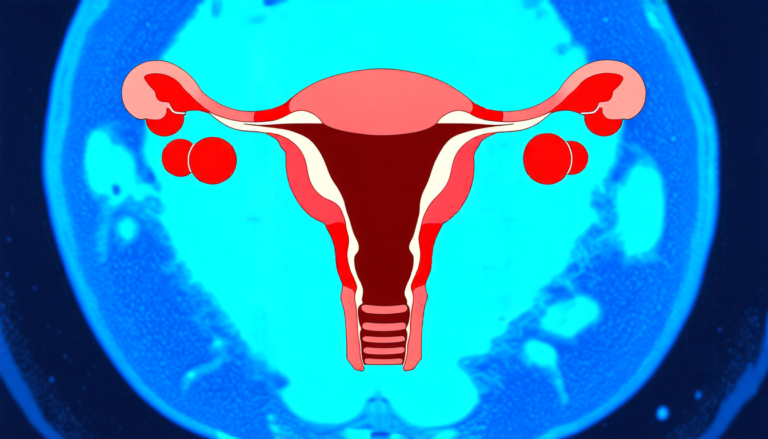Thursday 10 April 2025
Mathematicians have long been fascinated by a puzzle that seems simple at first, but becomes increasingly complex as you delve deeper. The Constraint Satisfaction Problem (CSP) is all about determining whether a set of rules can be satisfied simultaneously. It’s like trying to find the perfect combination of colors for a painting or the ideal seating arrangement for a party.
In a new paper, researchers have made significant progress in understanding the CSP by using a tool from mathematics that may seem unrelated at first glance: category theory. This branch of math deals with the relationships between different mathematical structures and how they can be transformed into one another.
The team’s approach is like trying to build a puzzle by connecting individual pieces. Each piece represents a specific problem or constraint, and the goal is to find a way to combine them in such a way that all the rules are satisfied. By using category theory, they were able to identify patterns and connections between different problems that had previously seemed unrelated.
One of the key insights from this work is that some problems can be reduced to simpler ones by applying certain mathematical transformations. This means that instead of tackling a complex problem head-on, you can break it down into smaller pieces and solve each one separately.
The implications of this research are far-reaching and could have significant impact on various fields such as computer science, artificial intelligence, and even biology. For example, in computer science, the CSP is used to determine whether a set of data can be stored in a database efficiently. By better understanding how these problems relate to one another, developers may be able to create more efficient algorithms that require less computational power.
In biology, the CSP has been used to study complex networks such as those found in social structures or ecosystems. By applying the insights from this research, scientists may be able to better understand how these systems function and how they can be manipulated or controlled.
The use of category theory in this work is not only a testament to the power of mathematics but also its versatility. It shows that even seemingly unrelated fields can be connected and that new insights can emerge when different areas of math are combined.
As researchers continue to explore the CSP, it’s likely that we’ll see even more innovative applications of category theory. Who knows what other puzzles will be solved or which new problems will arise as a result of this work? One thing is certain, however: the intersection of mathematics and computer science continues to yield exciting results that have far-reaching implications for our understanding of the world.
Cite this article: “Unraveling the Secrets of Constraint Satisfaction: A Categorical Perspective”, The Science Archive, 2025.
Constraint Satisfaction Problem, Category Theory, Mathematics, Computer Science, Artificial Intelligence, Biology, Algorithm, Database, Network, Pattern







